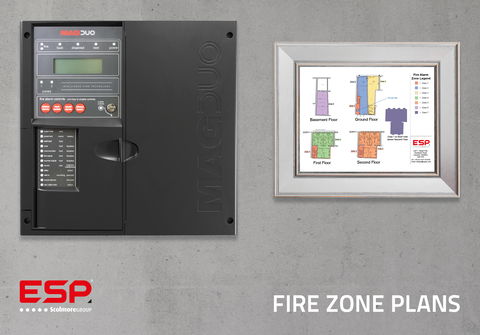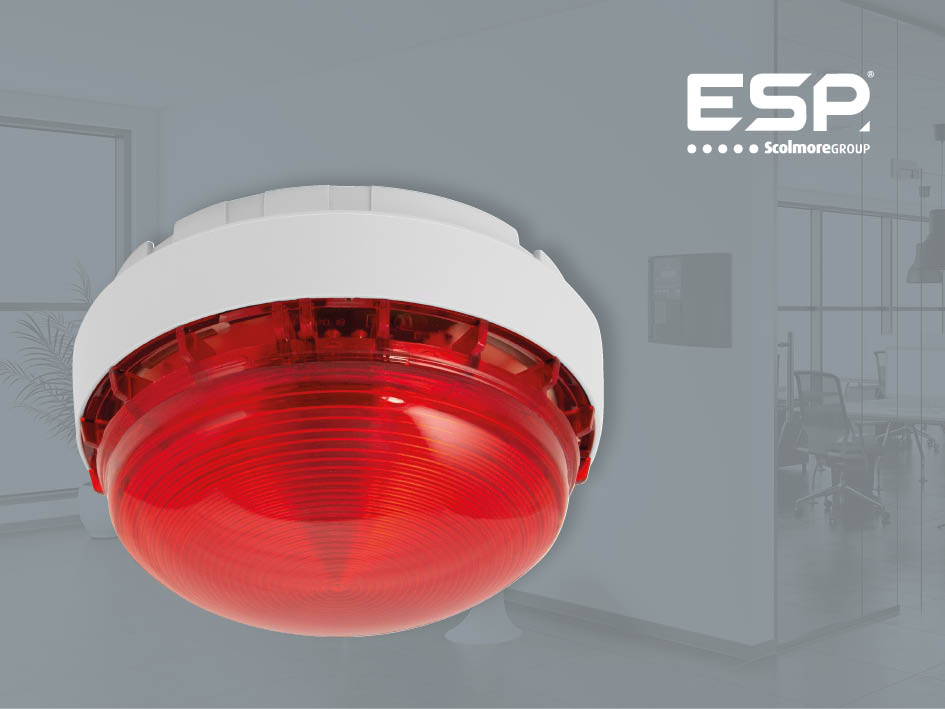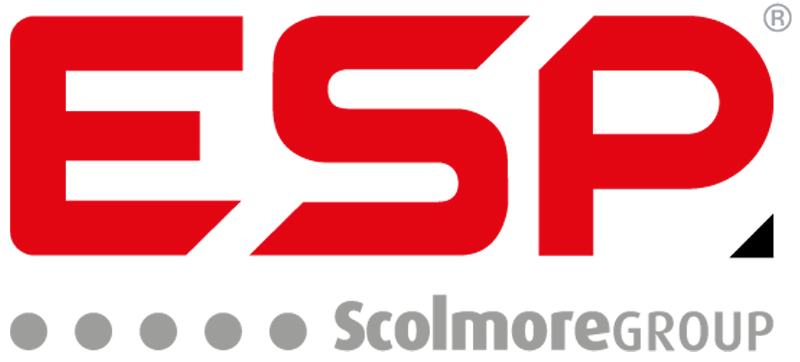Jake Green, Head of Technical Engagement with Scolmore Group, looks in detail at a number of key changes in the recently published updated BS 5839-1: 2025 standard.

As with the introduction of all British Standards, other than for BS 7671, the old standard is superseded on the same date as the new one is published. BS 5839-1: 2025 came into effect on 30th April 2025 and the old 2017 version was subsequently withdrawn on that same date.
The forward of any standard details some, but not all, of the changes introduced in the new standard. What should also be noted is that BS 5839-1 is a ‘Code of practice’. This means that it provides guidance and recommendations; it is not legislation.
This article will highlight several specific changes and the likely implications for all those involved in the design, installation, commissioning, and maintenance of fire detection and fire alarm systems.
Section 1 – General: Introduction
All standards contain a foreword detailing the relationship with other standards and specific information about the new document. However, under Section 1 (General) the new Standard differs from the 2017 version by adding an introduction prior to the Scope of the document.
This introduction now details the principal purpose of a fire detection and fire alarm system is to ‘support the fire evacuation strategy’ for the building rather than, as the previous standard stated, the ‘fire safety strategy’ for the building (Clause 6.1 Commentary).
This is a subtle but important shift in how the recommendations of this standard should be applied. The focus on the evacuation strategy alone means that the design has a single focus rather than a slightly more general ‘fire safety’ strategy.
The introduction also makes much clearer reference to other standards and guidance documents where there are levels of uncertainty. These include:
BS 9991
BS 9999
Guidance documents that support fire legislation
Insurance documentation, and
Any relevant fire risk assessment.
The common practice amongst many contractors seeking to design a fire detection and fire alarm system was/is to ask a manufacturer to design the system and then supply and commission the system to meet the requirements of the design. However, the fire strategy must be considered as of primary importance insofar as the design is concerned. A fire risk assessment is important, but it is not a strategy.
Exchange of information and definition of responsibilities
The previous Clause 6 (now Clause 5) has an updated commentary as well as amended recommendations. It is important that there is clear communication between relevant parties, and Clause 5 has made things much clearer.
Clause 5.1 now recommends that consultations take place prior to the design stage. This has amended the recommendation from the 2017 standard that consultation should take place ‘prior to or at’ the system design stage.
These prior consultations should be between:
User/purchaser
Consultants (to include architects, M&E and fire engineers)
Designer
The authority responsible for enforcing fire safety legislation
Property insurer.
At the design stage (Clause 5.2) consultation should happen between:
Designer,
User/purchaser and
Consultants.
The amended clause no longer places the responsibility on the designer alone to ensure this consultation takes place. A more collaborative approach is now called for.
At the installation stage (Clause 5.3) consultation should happen between:
Designer,
User/purchaser
Consultants, and
The supplier of the system.
Again, this amended clause no longer places the responsibility on the installer to ensure this consultation takes place, indeed the installer is not included in the list to this consultation.
Where a designer has made a proposal for the category of system (Clause 5.4), this should be agreed with the user/purchaser. This is an important change of emphasis, requiring all relevant parties are able to ‘sign off’ the design. Similarly, the designer should agree with the user/purchaser (Clause 5.5) whether the system incorporates visual alarm devices (VADs).
A further change has been made to what should occur prior to the placing of an order for the system (Clause 5.6), and this is to also include ‘handover’ within the list of those with responsibility for each element of design, installation and commissioning.
Furthermore, greater clarity has been provided for who is responsible for the creation of the zone plan (Clause 5.7). This should be clearly defined, agreed and documented.
Variations (Section 7)
Variations have long been an accepted part of the design process. There may be instances, for example, where a thoughtless application of a recommendation would lead to a design which is less than optimal. Indeed, the fire risk assessment process may lend itself to including certain variations.
As with the previous standard, any variations must be clearly identified and recorded in the logbook and relevant certification and should be such that they are immediately obvious to any relevant parties.
Previously there were no stated exclusions from permissible variations. This is no longer the case. Clause 6.6 now details those departures which are considered as so detrimental to the safety of the system, that they should be excluded. These excluded items are:
the absence of a zone plan or other suitable diagrams in which there are more than one zone and particularly where people sleep.
The absence of a facility for transmission of an alarm signal to an alarm receiving centre (ARC) in:
Supported housing, or a
Residential home.
This article has only briefly touched on three areas where there have been significant changes to the recommendations of the standard – the introduction, the exchange of information and variations. It is important that all relevant parties make themselves aware of the changes in roles and responsibilities.

